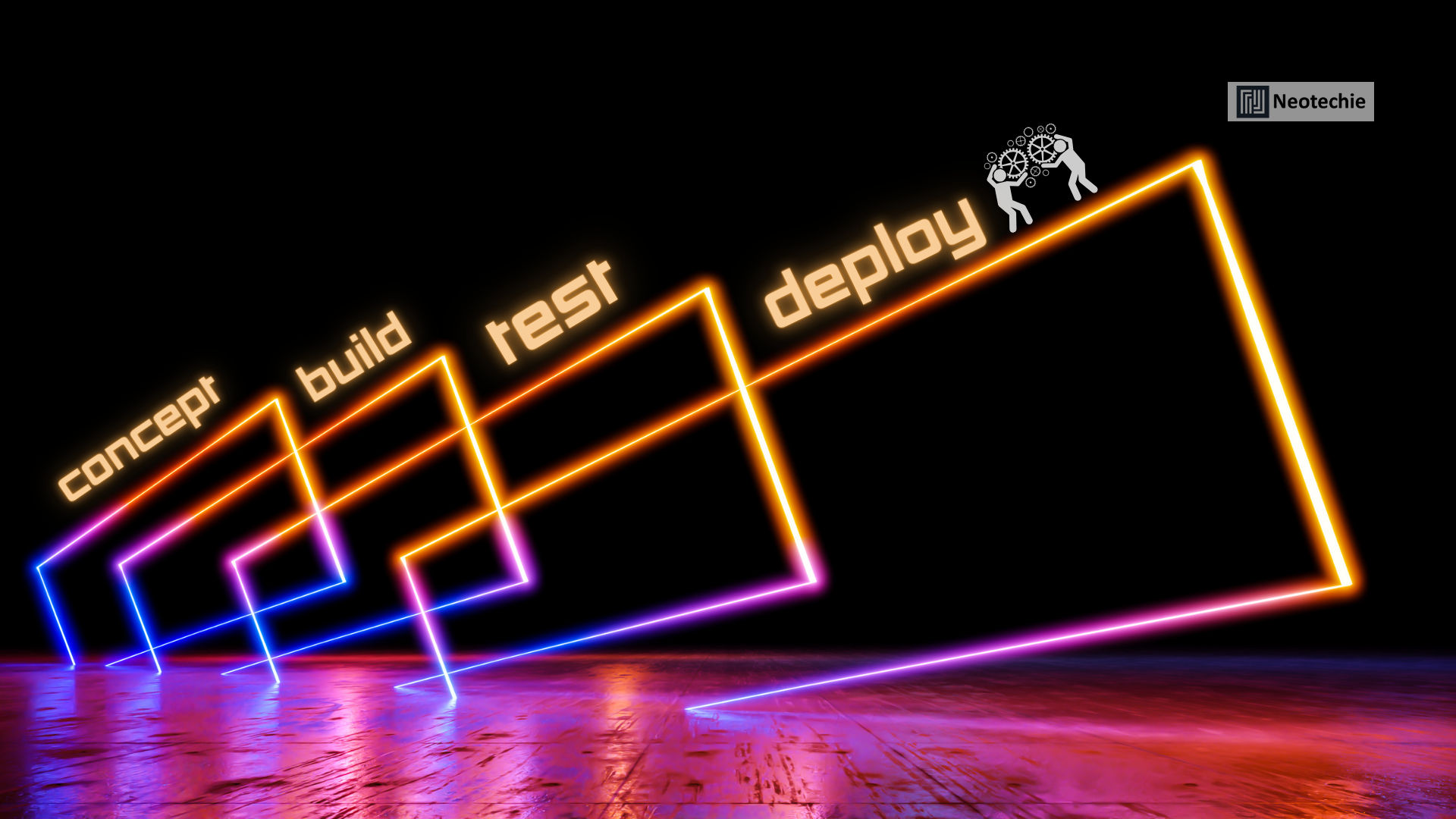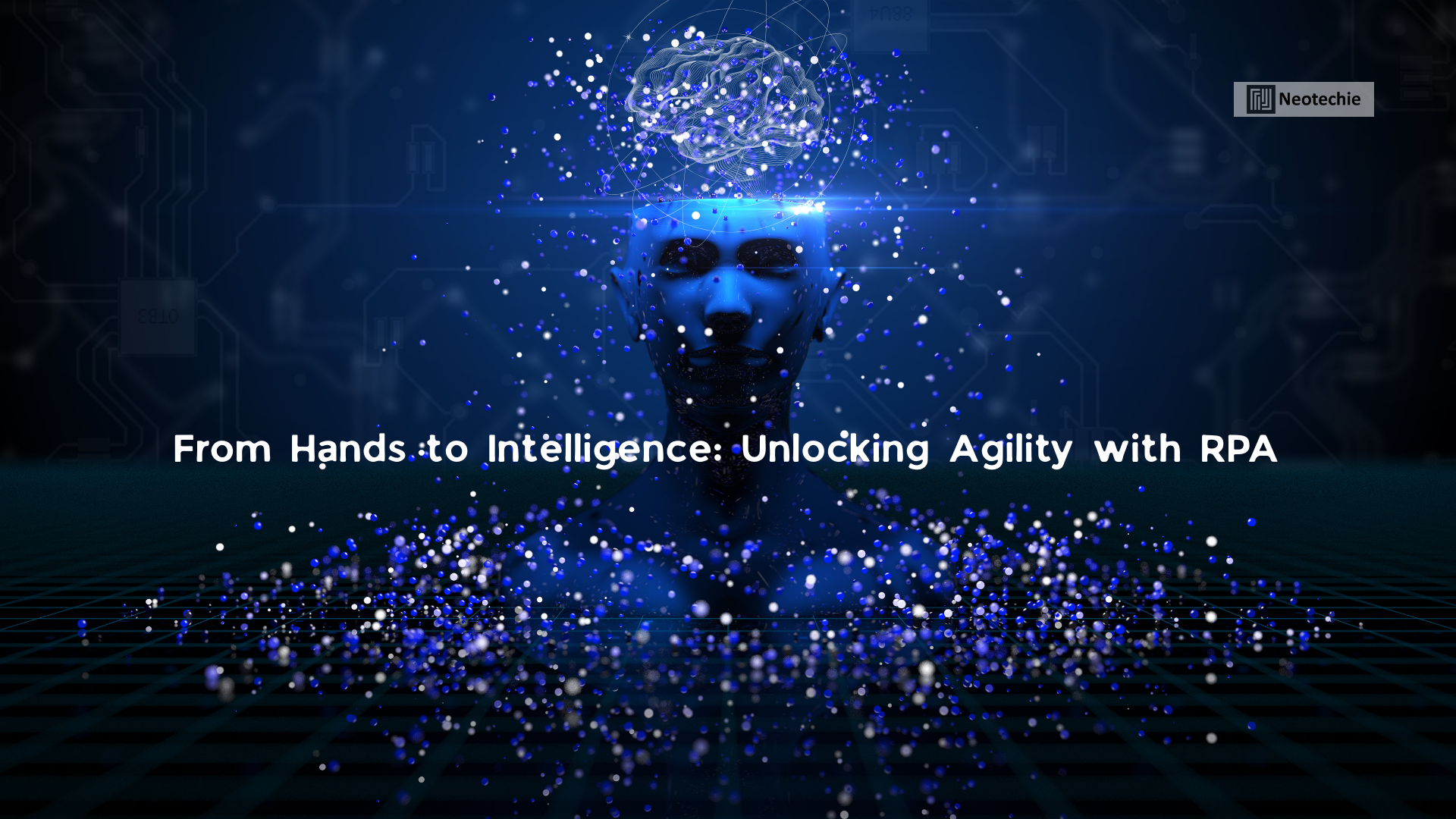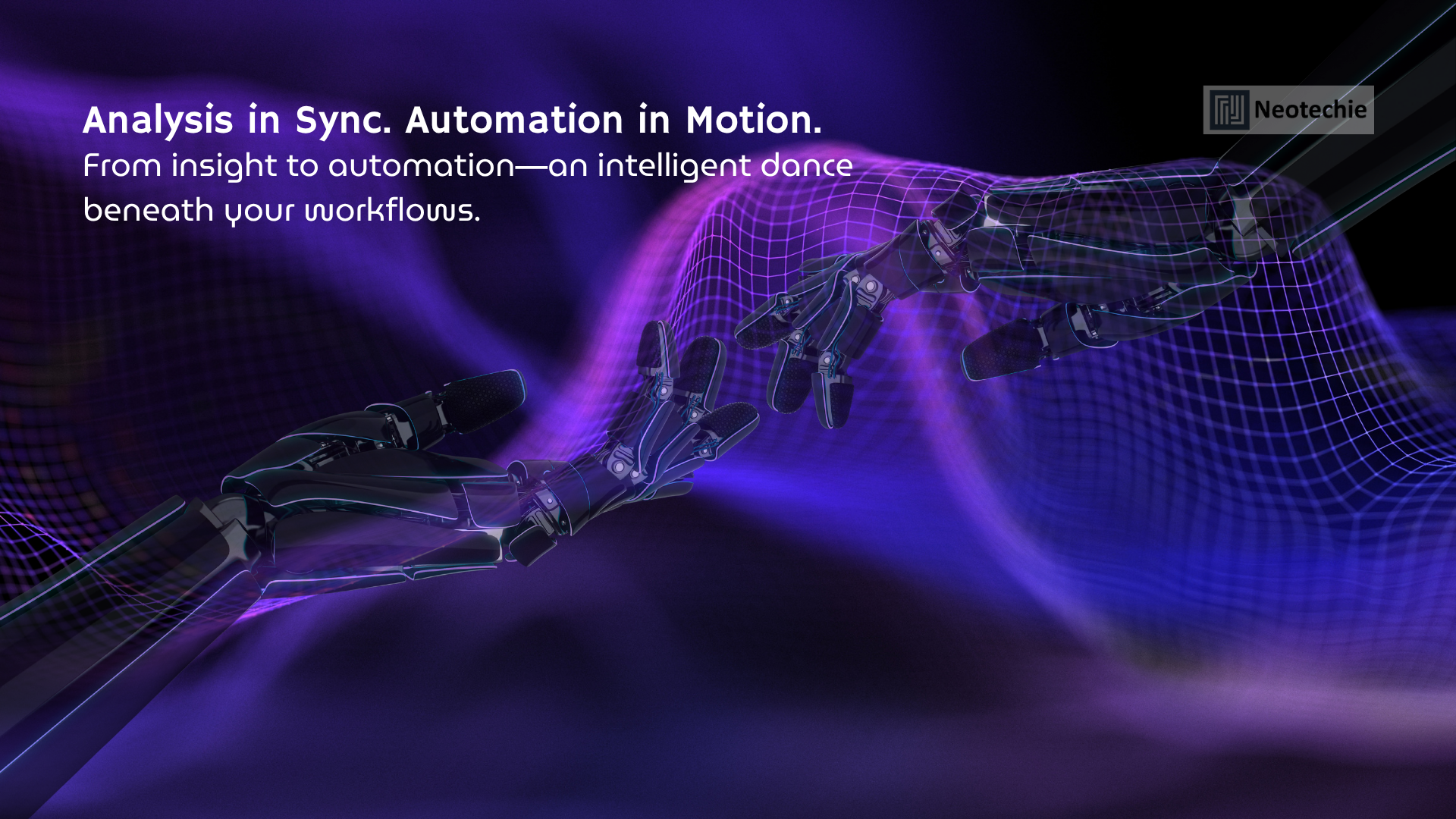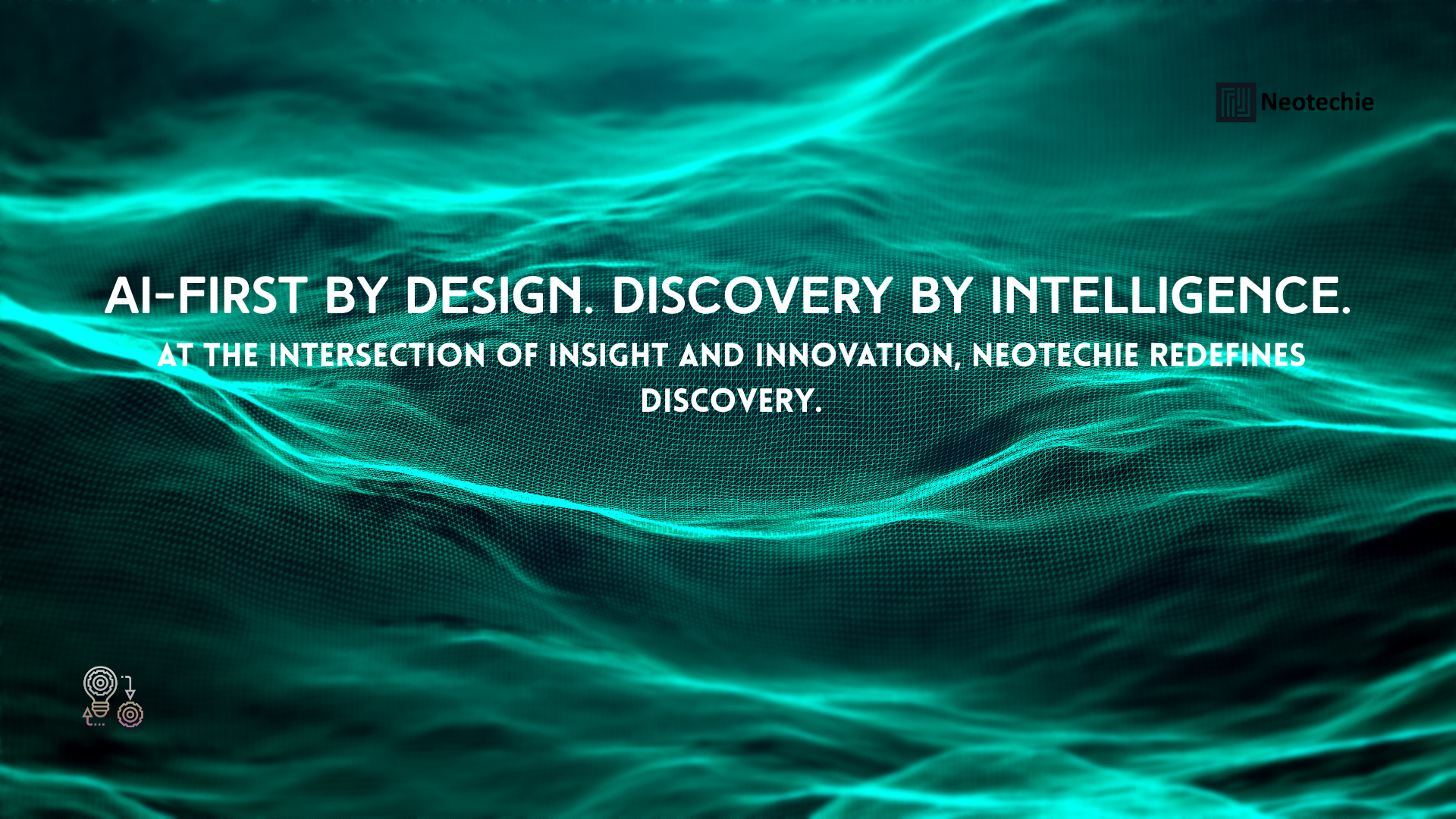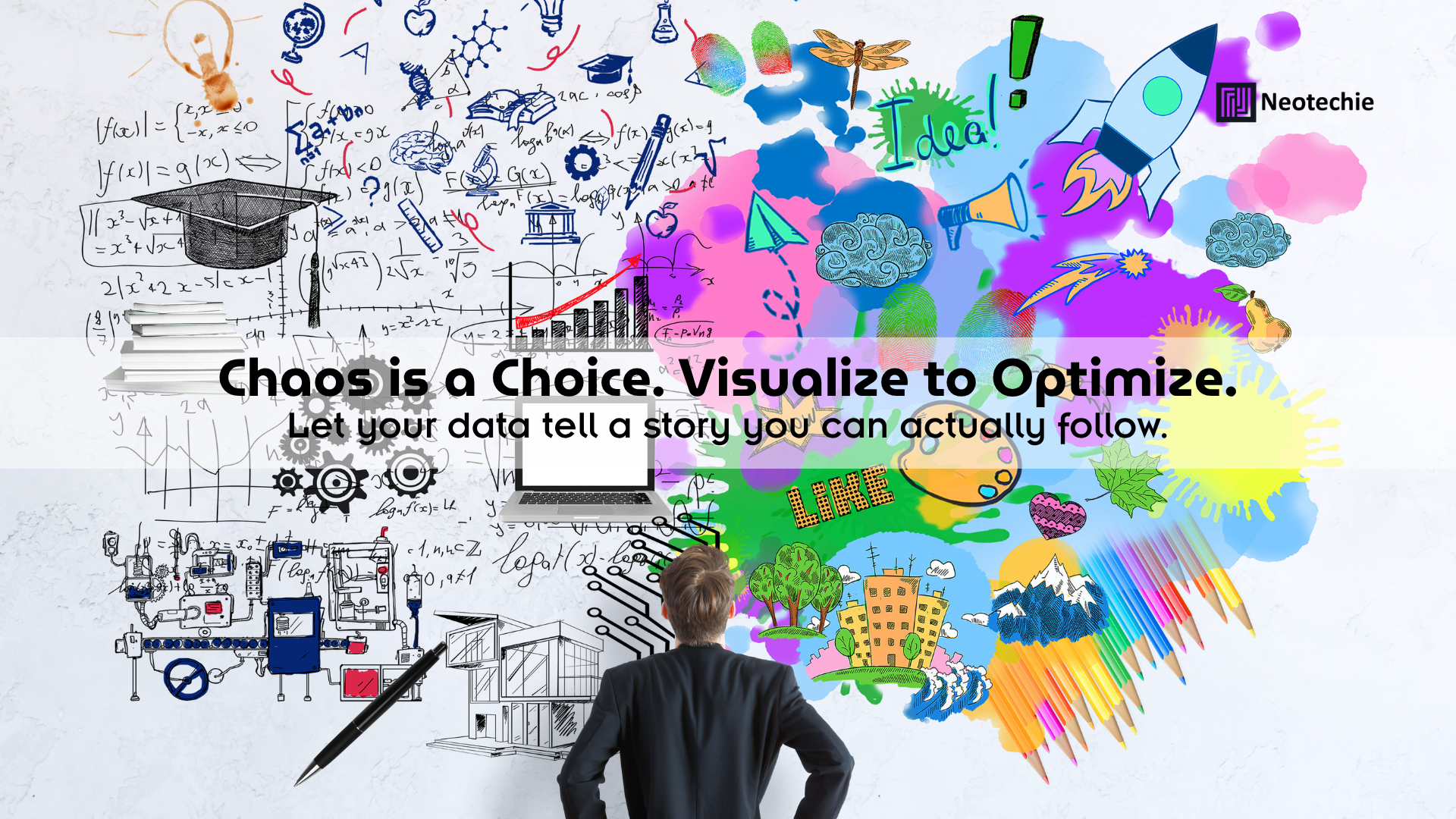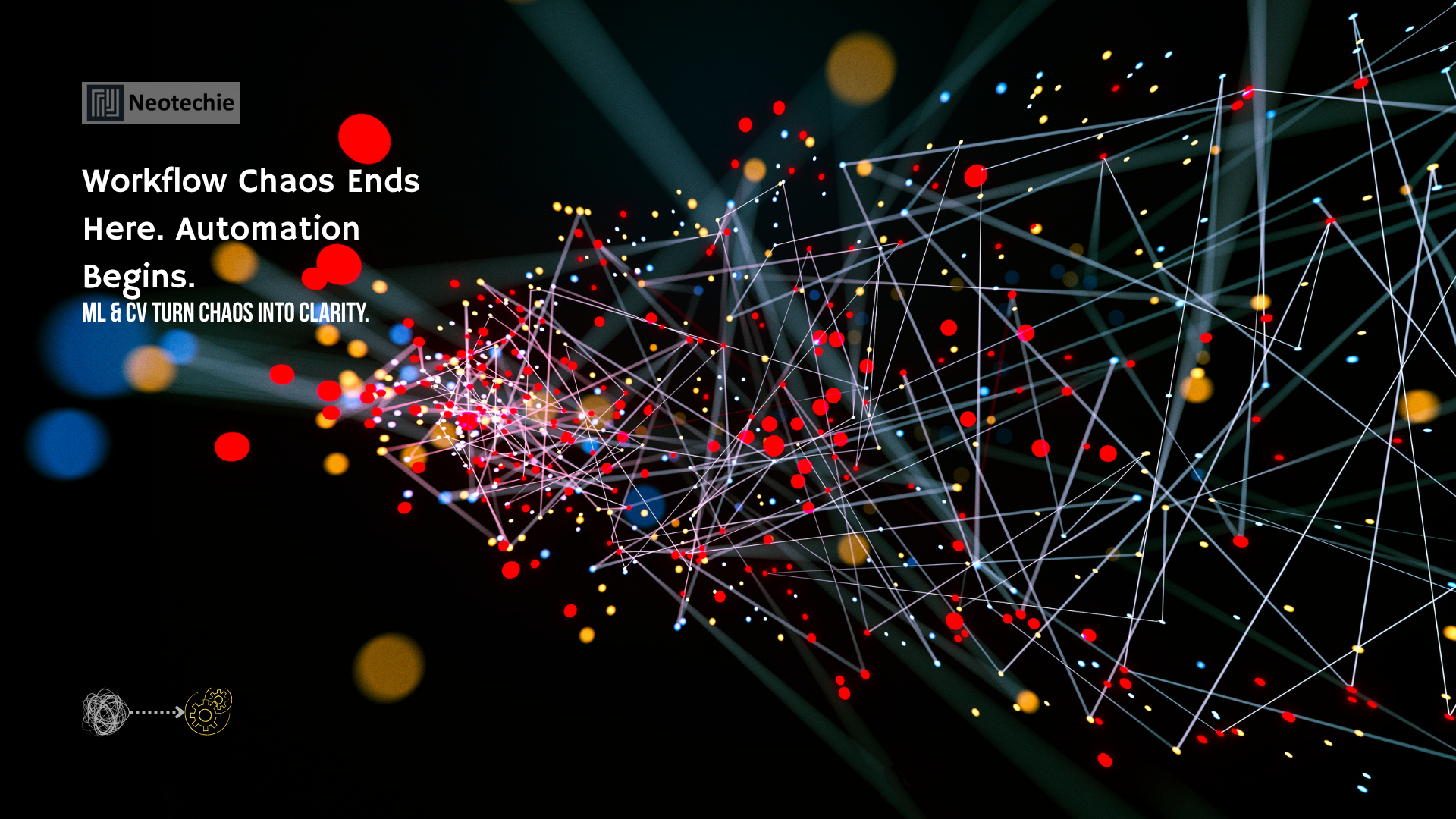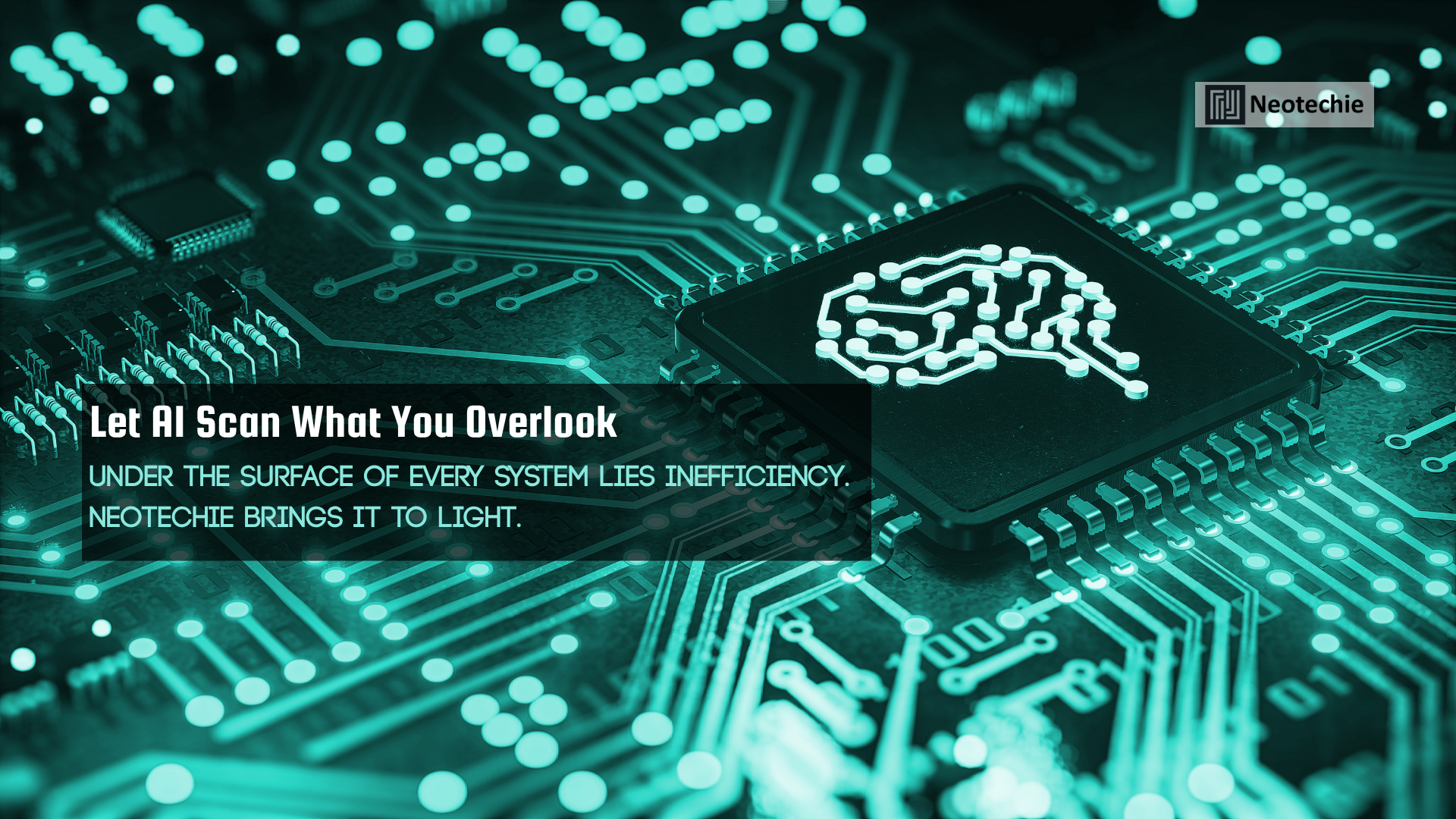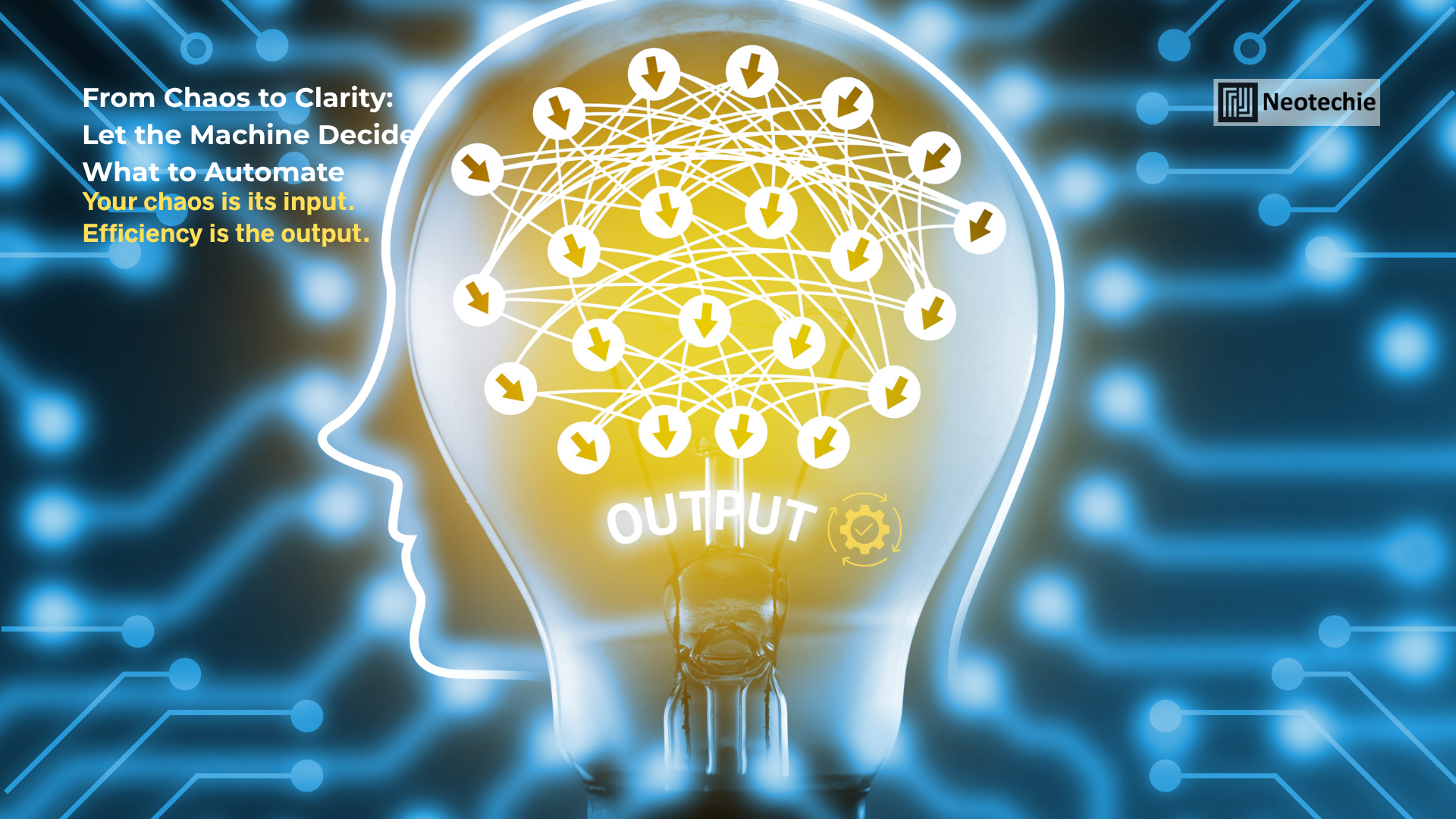Delivering impactful software is not just about writing code—it’s about ensuring the entire journey from concept to deployment is streamlined, precise, and designed to create long-term value. Businesses that embrace optimized development workflows gain a clear advantage: solutions are delivered faster, aligned with real needs, and built to scale. At Neotechie, this principle guides every project, helping businesses transform their vision into seamless, future-ready software solutions.
Why Optimized Workflows Matter in Software Development
Software projects often encounter delays, misalignment, and quality concerns due to fragmented workflows. Inefficiencies can surface at every stage, from unclear requirements to rushed deployments, ultimately resulting in solutions that fail to deliver intended value.
Optimized development workflows address these challenges by:
- Breaking down complexity into manageable tasks, ensuring clarity at every step.
- Integrating feedback loops that allow for continuous alignment with client goals.
- Eliminating bottlenecks through structured task prioritization and collaborative processes.
- Ensuring timely delivery without compromising quality.
By bringing order and precision into the process, optimized workflows create a smooth path from ideation to execution.
The Lifecycle of an Optimized Development Process
A future-ready solution requires an end-to-end approach where each phase builds seamlessly into the next. Neotechie ensures each stage is carried out with structure, collaboration, and adaptability.
- Conceptualization – Projects start with a clear understanding of business goals and user requirements. This ensures solutions are not just functional but strategically valuable.
- Design and Architecture – By planning scalable and adaptable structures, businesses avoid costly redesigns later.
- Iterative Development – Agile-driven sprints deliver incremental progress while incorporating real-time feedback.
- Testing and Validation – Every feature is carefully reviewed and tested to ensure performance, security, and usability.
- Deployment and Monitoring – Launches are executed with precision, supported by post-deployment checks to ensure seamless adoption.
This lifecycle ensures the solution evolves in step with the business, reducing risks and increasing impact.
Driving Business Transformation Through Optimized Development
Efficient workflows aren’t just operationally beneficial—they are a catalyst for business transformation. By structuring the development journey, organizations experience:
- Reduced Time-to-Market – Faster delivery means businesses can act on opportunities before competitors.
- Greater Flexibility – Agile workflows ensure the software adapts to changing priorities.
- Enhanced Quality – Iterative testing ensures solutions perform consistently under real-world conditions.
- Alignment with Strategy – Every stage of development is tied back to business goals, creating lasting value.
- Sustainable Growth – Scalable solutions ensure businesses are prepared for future needs and expansions.
Optimized workflows drive innovation by eliminating inefficiencies and empowering organizations to focus on transformation rather than firefighting.
The Role of Collaboration in Streamlined Workflows
No development process can succeed without collaboration. Optimized workflows foster alignment between stakeholders, project managers, and development teams, ensuring everyone has visibility into priorities, timelines, and expectations.
Collaborative workflows result in:
- Transparency – Clear communication reduces misunderstandings.
- Shared Ownership – Teams feel empowered to contribute actively.
- Faster Decision-Making – With stakeholders involved throughout, adjustments can be made quickly.
- Consistency – Aligned goals ensure the final product matches the original vision.
This culture of collaboration transforms the development process into a shared journey, delivering software that truly resonates with end-users and stakeholders.
From Concept to Deployment: Eliminating Friction
The transition between development phases often introduces delays and errors. Optimized workflows reduce friction by maintaining continuity:
- Documentation and Knowledge Sharing ensure information flows across stages.
- Iterative Handoffs guarantee no phase begins without clarity from the previous one.
- Real-Time Feedback avoids last-minute surprises and reduces costly rework.
By eliminating these points of friction, organizations achieve smoother transitions, faster delivery, and stronger alignment.
Future-Ready Software Through Workflow Optimization
The business landscape is evolving rapidly, and software must be future-ready. Optimized workflows play a critical role in ensuring this:
- Scalable by Design – Architectures are built to grow as the business expands.
- Flexible for Change – Agile iterations make it easier to adapt to emerging needs.
- Resilient and Reliable – Continuous testing ensures long-term performance and security.
These principles enable businesses to invest in solutions that not only meet current needs but also remain relevant as markets, technologies, and strategies evolve.
How Neotechie Delivers Seamless, Future-Ready Development
At Neotechie, we integrate efficiency and adaptability into every stage of software development. Our role is to ensure that businesses not only receive a working product but also a future-ready solution built through precision and collaboration.
Here’s how we do it:
- Agile Methodologies – Neotechie employs agile cycles to ensure iterative delivery and adaptability to feedback.
- Optimized Workflows – By breaking down complexity into manageable tasks, our teams ensure clarity and precision.
- Structured Collaboration – Our process emphasizes stakeholder involvement, transparency, and shared ownership.
- Quality Without Delay – Timelines are met through streamlined processes, while quality remains uncompromised.
- End-to-End Focus – From concept through deployment, we manage every stage to deliver seamless, future-ready solutions.
Final Thoughts Optimized development workflows transform the way businesses build and deliver software. They ensure solutions are faster to market, more reliable, and better aligned with strategic goals. By combining agile practices, collaboration, and precision-focused management, organizations can create solutions that not only address today’s challenges but also adapt to tomorrow’s opportunities. With Neotechie as a partner, businesses can navigate this journey with confidence, building seamless, future-ready software that drives true business transformation.

